The realm of battery technology has experienced a rapid evolution in recent times, ushering in cutting-edge advancements that have rendered superior technologies more economically accessible. One such groundbreaking development in this dynamic landscape is the Lifepo4 power station, commonly referred to as LiFePO4 or LFP.
In the realm of cost-effectiveness, LiFePO4 batteries have witnessed a substantial reduction in price in recent years, coupled with a remarkable enhancement in their operational efficiency.
This transformation has positioned them ahead of traditional Lithium-ion (Li-ion) counterparts, emerging as the preferred choice for many applications. These applications span from off-grid and solar power systems to the realm of Electric Vehicles (EVs).
While LiFePO4 batteries share certain similarities with Li-ion batteries, they boast distinct advantages that render them the quintessential solution for consumer-grade backup power requirements.
How Do the Chemistries of LiFePO4 and Lithium Ion Batteries Differ?

LiFePo4 and Lithium-ion batteries are rechargeable energy storage cells that employ lithium ions for the capture and discharge of electrical potential. Despite their apparent similarities, these power storage units also manifest conspicuous disparities.
LiFePO4 (Lithium Iron Phosphate) Batteries
LiFePO4 batteries, also known as LiFePO4 power stations, belong to a subclass of lithium-ion batteries that harness distinctive chemistry to confer advantages over related lithium technologies. They are progressively gaining traction in off-grid and backup power solutions such as the OUPES Solar Generator Kit.
The nomenclature "LiFePO4" derives from the chemical composition of the cathode, which comprises lithium iron phosphate (LiFePO4). The anode typically consists of carbon, while the electrolyte comprises a lithium salt dissolved in an organic solvent.
The chemical properties of LiFePO4 engender enhanced safety features in comparison to traditional lithium-ion batteries. The presence of iron, phosphorous, and oxygen atoms within the cathode forms robust covalent bonds. Consequently, the battery exhibits greater stability and is less susceptible to thermal runaway and overheating concerns.
Of utmost significance, LiFePO4 batteries abstain from the use of nickel or cobalt—two metals facing diminishing reserves and often associated with ethically questionable sourcing practices.
Lithium Ion Batteries
In the realm of lithium-ion batteries, a plethora of chemical compositions come into play, encompassing lithium iron phosphate (LiFePO4), lithium manganese oxide (LMO), and lithium cobalt oxide (LiCoO2).
The fundamental constituents across the board comprise three pivotal elements: a cathode, an anode, and an electrolyte. In the realm of these batteries, the electrolyte takes the form of lithium salt, while the anode is fashioned from carbon. The differentiation emerges at the cathode, where they are imbued with one of the lithium metal oxides that bestow upon them their distinctive nomenclature.
The process of both charging and discharging remains a uniform procedure for all variants. As the lithium ions commence their migration from the cathode to the anode, a simultaneous electron migration takes place in the opposing direction. This orchestrated dance results in the generation of an electric current.
LiFePO4 vs. Lithium Ion Batteries: How Do They Compare?

Safety
In the realm of energy storage, Lifepo4 power stations stand out for their superior safety when compared to their Li-ion counterparts. The reason behind this enhanced safety lies in the robust covalent bonds that exist between the iron, phosphorus, and oxygen atoms within the cathode of these batteries. These bonds bestow upon them remarkable stability, rendering them far less susceptible to issues such as thermal runaway and overheating, which have plagued lithium-ion batteries and contributed to their reputation for a heightened risk of battery fires.
This unparalleled stability is precisely why LiFePO4 batteries have become the gold standard in applications like off-grid power and solar energy systems. When these batteries find their place within the confines of a household, there is simply no room for error when it comes to concerns about overheating or other potential mishaps.
Homeowners can rest assured, of confidently storing their LiFePO4 battery within the safety of their home without the looming specter of fire-related safety concerns.
Energy Density
In the realm of energy storage, lithium-ion (Li-ion) batteries typically boast a superior energy density when compared to Lithium Iron Phosphate (LiFePO4) batteries, often abbreviated as LFPs.
Energy density serves as the metric to quantify the amount of energy a battery can house within a specific volume or weight threshold. Li-ion batteries excel in this regard, as they can store a more substantial quantum of energy per unit of volume or weight compared to their LiFePO4 counterparts.
To elucidate further, the energy density of a standard Li-ion battery spans a range of approximately 45–120 Watt-hours per pound (100-265 Wh per kilogram), whereas a LiFePO4 battery's energy density hovers in the vicinity of 40–55 Watt-hours per pound (90-120 Wh per kilogram).
It is imperative to note that this expansive range of energy density for Li-ion batteries encompasses various subtypes, including those tailored specifically for electric vehicles and diverse applications.
In the context of off-grid power solutions, LiFePO4 batteries maintain their supremacy, even in the face of a slightly lower energy density when juxtaposed with Li-ion batteries. However, as one transitions into larger stationary power solutions, the variance in energy density becomes inconsequential. In such instances, the minute disparity in energy density goes unnoticed, rendering both battery technologies equally efficacious.
Weight
In the realm of battery banks, the relationship between weight and energy density becomes evident, as previously alluded to. LiFePO4 battery banks may exhibit a marginally greater mass when juxtaposed with their Li-ion counterparts, whereas certain LFPs might be less burdensome due to the utilization of lighter metals in their fabrication.
Nevertheless, any minute deviation in mass pales in comparison to the myriad other substantial advantages inherent in LFPs.
Li-ion batteries characterized by higher energy densities, such as nickel-cobalt-aluminum (NCA) and nickel-cobalt-manganese (NCM), are no longer considered the epitome for off-grid and solar applications.
Instead, residential power solutions have gravitated towards safer, more enduring technologies such as LiFePO4. The paramount significance of a safer battery surpasses the insignificance of a marginal weight variance.
LFPs remain astonishingly lightweight, considering the considerable power they encapsulate. For instance, the OUPES 1800 Portable Power Station boasts an impressive 1488Wh energy storage capacity. Remarkably, it tips the scales at a mere 33 lbs, rendering it eminently portable within the confines of one's abode or easily stowed away in the rear compartment of an automobile.
Temperature Range
LiFePO4 batteries boast an extended operational temperature range, spanning from a frigid -4°F (-20°C) to a scorching 140°F (60°C).
In stark contrast, Li-ion batteries exhibit a significantly narrower thermal tolerance, limited to a mere 32°F (0°C) to 113°F (45°C). To preserve Li-ion batteries' integrity, users must store them within climate-controlled environments during the harsh extremities of winter and the sweltering heat of summer.
LiFePO4 batteries offer the convenience of indoor storage without the need for air conditioning. They exhibit heightened resistance to temperature fluctuations, granting users greater latitude in selecting storage locations. This durability safeguards against potential harm or diminished efficacy due to environmental conditions.
Lifespan

Li-ion batteries typically undergo approximately 500 charge and discharge cycles before experiencing a decline in performance. In contrast, LiFePO4 batteries can endure thousands of cycles before their performance begins to deteriorate.
As an illustration, the OUPES Mega 5 Home Backup & Portable Power Station uses an EV-grade LiFePO4 battery, which can be used for 3500+ cycles at 80% depth of discharge. It is incredibly safe and durable. Even after this slight performance decrease, your LFP battery bank can continue to serve you for several more years!
The significantly extended lifespan of LiFePO4 batteries contributes to a reduction in the environmental repercussions associated with electronic waste (e-waste). Moreover, the absence of nickel and cobalt in these batteries enhances their eco-friendliness.
With an LFP battery bank, you can enjoy its utility for five to six times longer than a Li-ion model, without the need for frequent replacements. This translates to both cost savings and a reduced environmental footprint.
Cost
The price per watt-hour of LiFePO4 and Li-ion batteries can fluctuate significantly based on the manufacturer, market demand, and capacity. LiFePO4 batteries eschew the use of nickel or cobalt, materials subject to volatile supply and pricing.
LiFePO4 represents a relatively recent advancement in battery chemistry, resulting in fewer producers and limited availability, contributing to a slightly higher cost per Wh for LiFePO4 batteries.
Nevertheless, cost-effective alternatives for LFP batteries can be located. Even if the price is marginally higher compared to similar Li-ion battery packs, the benefits of LFP far outweigh the variance in cost. Additional expenses translate into enhanced safety, an extended lifespan, and other invaluable advantages.
Self-Discharge Rate
LiFePO4 batteries boast a self-discharge rate hovering at approximately 1-3% per lunar cycle, contingent upon their utilization, prevailing thermal conditions, and sundry other determinants. This meritorious low self-discharge attribute engenders the capacity to sequester these batteries in dormancy for an extended interlude. Notably, even after a protracted period of desuetude, these batteries shall still furnish a substantial reservoir of vigor.
By superlative precepts, it is advisable to replenish your battery with alacrity, no less than biannually, to perpetuate its optimization for operational exigencies.
Voltage
LiFePO4 batteries exhibit a lower nominal voltage in comparison to Li-ion batteries, typically hovering around 3.2 volts per cell, as opposed to the 3.6 to 3.7 volts per cell range observed in Li-ion batteries.
This variance in voltage has the potential to exert a significant influence on the formulation of battery packs, as well as the voltage prerequisites inherent in the operational compatibility of the devices that employ them.
LiFePO4 vs. Lithium Ion Batteries: Which One Is Right for You?

If you intend to invest in a battery reservoir tailored for frequent off-grid usage, the LiFePO4 variant emerges as the optimal selection. Incorporating enhanced safety attributes alone renders it a prudent investment, eliminating concerns about thermal runaway and overheating risks typically affiliated with Li-ion batteries.
Furthermore, the extended longevity characteristic positions LFP batteries as the unequivocal leader in this domain. Boasting a cycle life that surpasses that of Li-ion counterparts by over fivefold, your LiFePO4 battery repositories will continue to operate long after equivalent Li-ion counterparts have exhausted their useful life. This translates into substantial long-term cost savings and a reduction in electronic waste associated with batteries.
Moreover, it is noteworthy that any LiFePO4 power station unit manufactured by OUPES can be seamlessly transformed into a solar generator by the addition of one or more solar panels!
Final Thoughts
LiFePO4 stands as a distinct variant within the realm of lithium-ion batteries, distinguished by its remarkable capacity to enhance the safety, longevity, and ideal temperature parameters for off-grid power solutions.
It emerges as the unequivocal preference for individuals seeking to power their devices and appliances in off-grid environments, all the while garnering savings over the long haul and mitigating their ecological footprint.






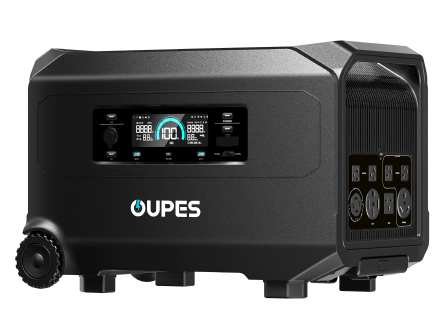
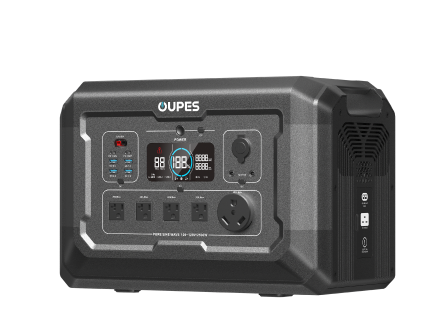
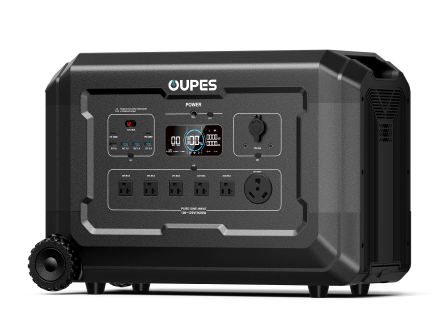
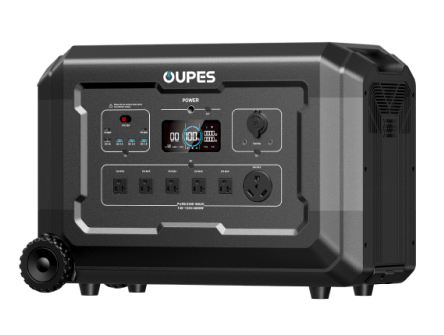
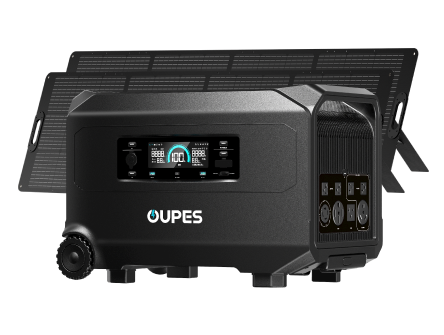

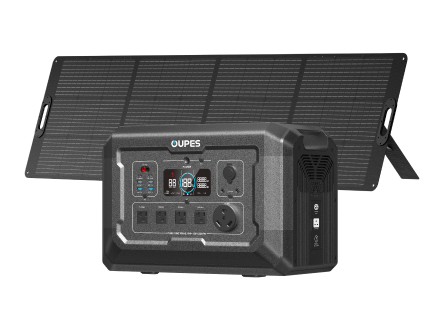


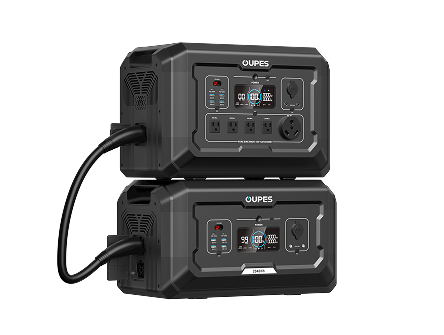
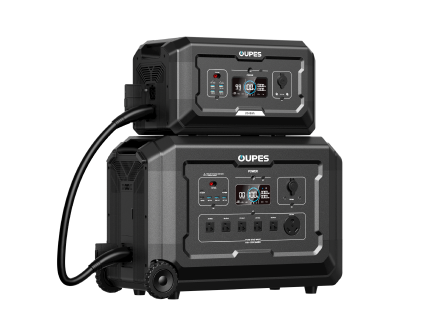
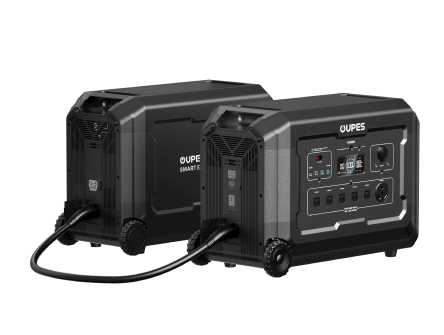
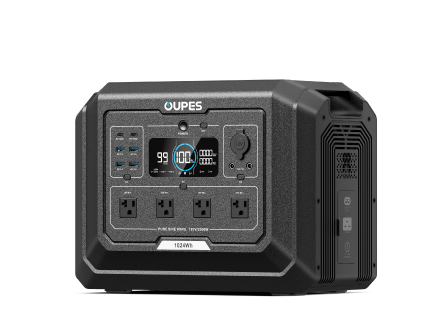
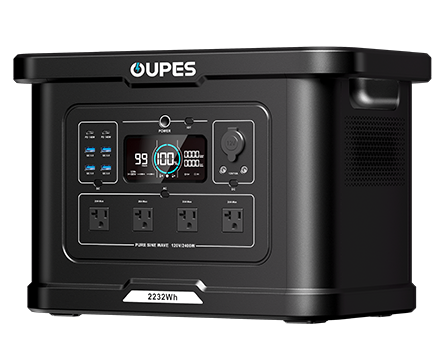
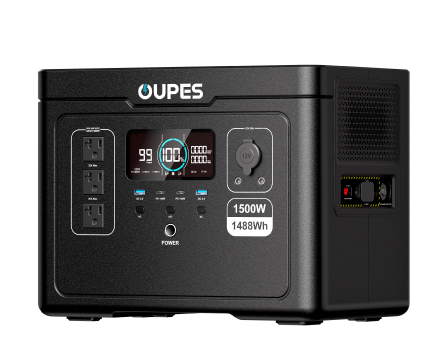
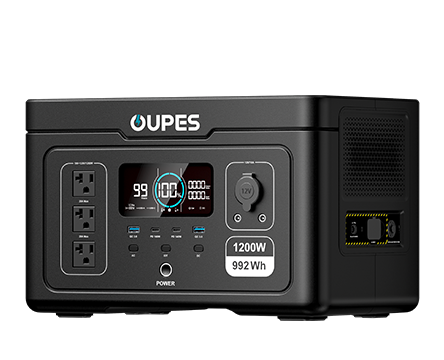
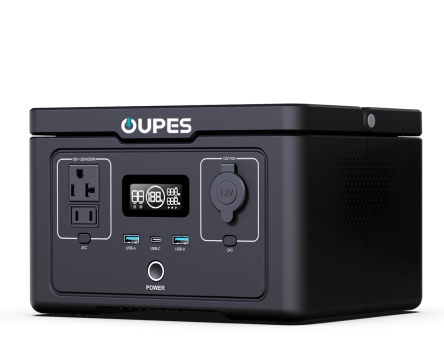
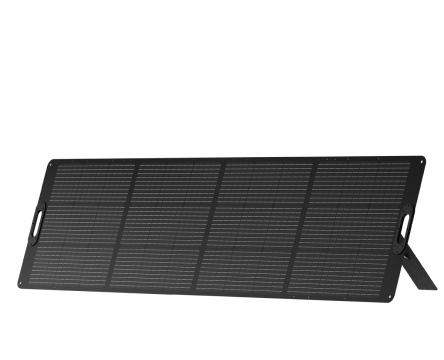
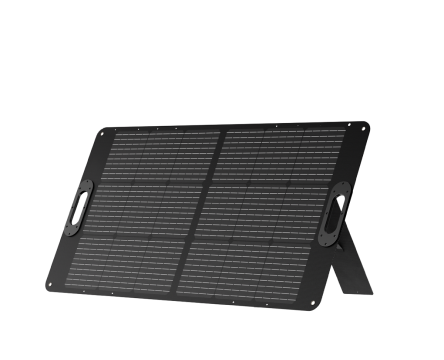

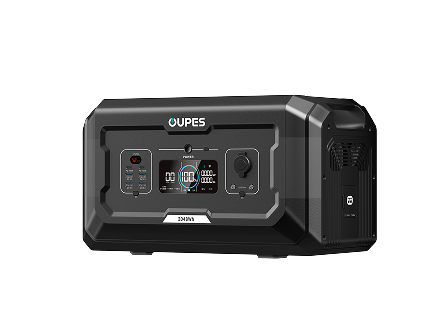
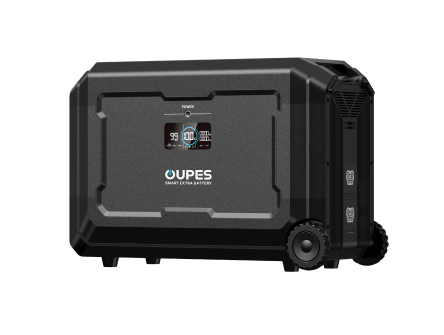

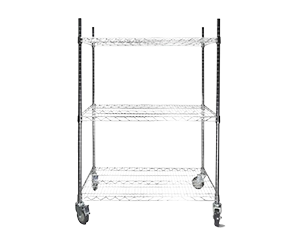





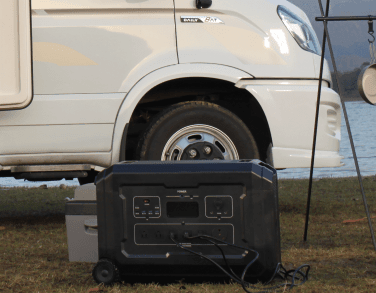
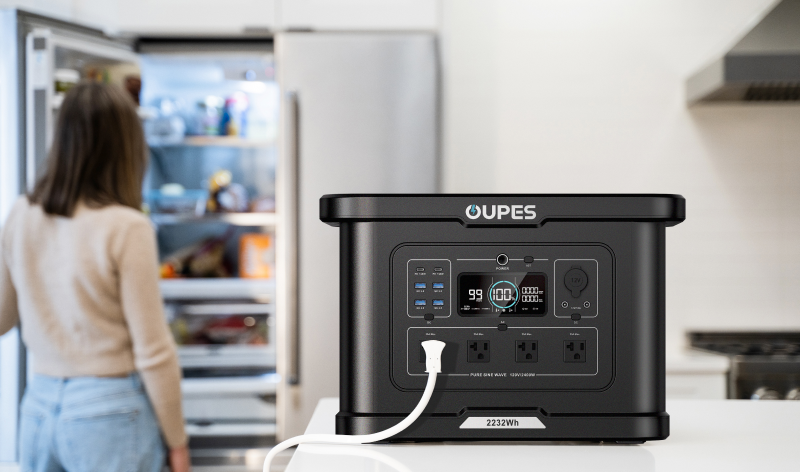


Leave a comment
This site is protected by hCaptcha and the hCaptcha Privacy Policy and Terms of Service apply.